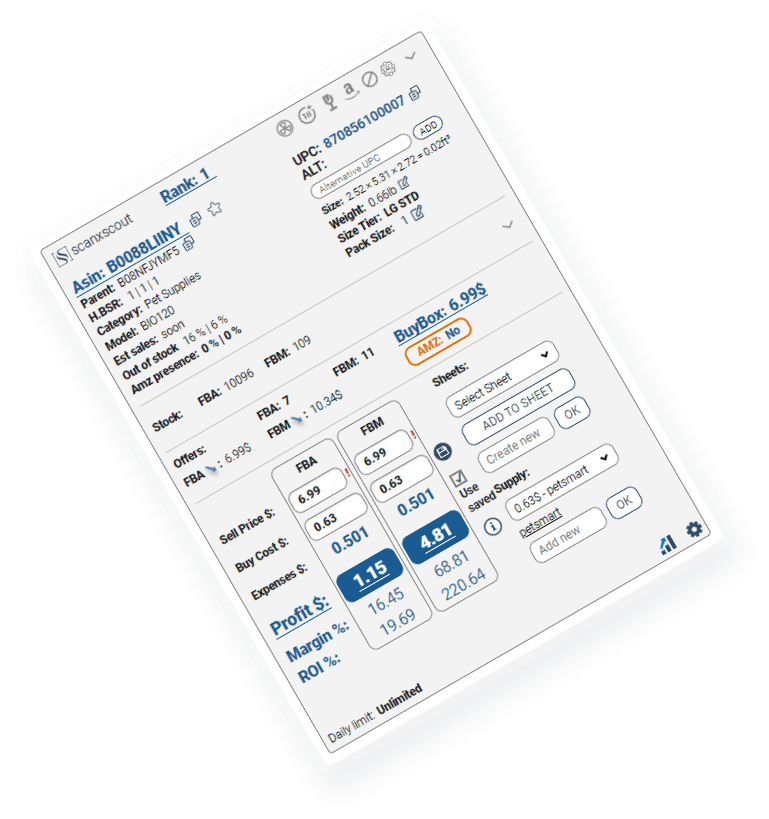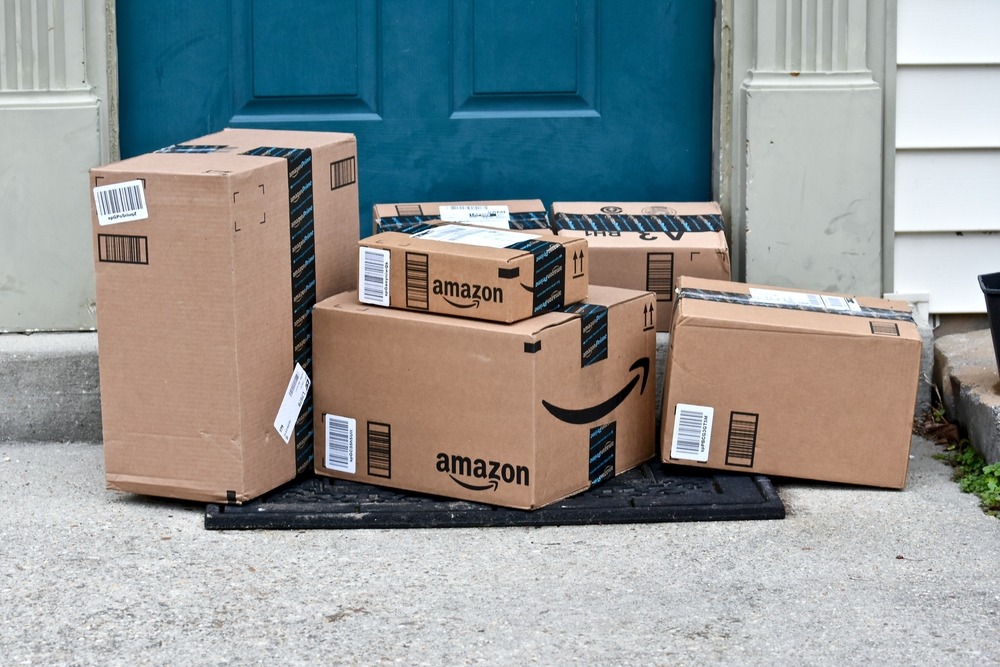In the evolving landscape of e-commerce, Amazon has long been a dominant player, known for its customer-centric policies and wide range of products. One of the cornerstones of Amazon’s customer service is its lenient and often free returns policy. However, as the e-commerce giant continues to grow, there is growing speculation that Amazon may begin to charge for returns. This article delves deep into the potential for Amazon to start charging for returns, examining the factors that could lead to such a change, its potential impact on consumers and sellers, and the broader implications for the retail industry.
The Current State of Amazon’s Return Policy
Amazon’s return policy has always been one of the most generous in the industry. Customers can return most items within 30 days of receipt, often without incurring any costs. For Prime members, the policy is even more accommodating, with extended return windows during the holiday season and free returns on a vast majority of items. However, there are already certain conditions under which returns are not free, such as items that are not damaged or defective, and purchases made from third-party sellers who do not offer free returns.
Amazon’s return policy has been a key factor in building customer loyalty, but it has also created challenges, particularly concerning costs associated with processing returns. These costs include shipping, handling, restocking, and the potential loss of saleable inventory. The question now is whether Amazon will shift some of these costs onto consumers.
Rising Costs and Economic Pressures
The possibility of Amazon charging for returns cannot be discussed without considering the broader economic context. The cost of logistics, shipping, and warehousing has been steadily increasing, particularly in the wake of the global pandemic and subsequent supply chain disruptions. As a result, many e-commerce platforms have been forced to re-evaluate their return policies to maintain profitability.
Amazon, while incredibly successful, is not immune to these pressures. The company has been investing heavily in its logistics network, including the development of new fulfillment centers and advancements in automation and artificial intelligence to optimize operations. These investments, while necessary for maintaining Amazon’s competitive edge, are costly. Additionally, the rise of inflation has impacted operational costs, from employee wages to the price of materials.
Given these financial pressures, it is plausible that Amazon could begin to pass some of the return-related costs on to consumers. This move could be seen as a way to mitigate the financial impact of the increasing cost of doing business while continuing to provide the high level of service that customers expect.
The Impact on Consumers
If Amazon were to start charging for returns, it would mark a significant shift in the company’s approach to customer service. For many shoppers, the ability to return items for free is a crucial aspect of the online shopping experience, particularly when purchasing clothing, electronics, or other high-ticket items. Charging for returns could potentially discourage impulse purchases and encourage consumers to be more selective in their buying decisions.
However, this change could also have a negative impact on customer satisfaction. Amazon has built its reputation on being customer-friendly, and introducing return fees could erode some of the goodwill that the company has built up over the years. Customers who are used to the convenience of free returns may view this change as a reduction in value, which could lead to a decrease in customer loyalty and a potential shift towards competitors who continue to offer free returns.
It’s also worth noting that return fees could disproportionately affect certain groups of consumers. For example, low-income shoppers who rely on Amazon for affordable products may find themselves burdened by return fees, which could make shopping on Amazon less attractive. Similarly, consumers who frequently order multiple sizes or variations of products, such as clothing, to try on at home before deciding, may find these fees particularly off-putting.
The Impact on Sellers
For third-party sellers on Amazon’s platform, the introduction of return fees could have mixed effects. Sellers who currently bear the cost of returns might welcome the introduction of fees, as it would reduce their financial burden. However, sellers may also be concerned about the potential impact on sales if customers become hesitant to purchase items due to the possibility of paying return fees.
There is also the question of how return fees would be implemented. Would they be standardized across all sellers, or would sellers have the ability to set their own return fees? This could create a complex landscape where some products come with free returns, while others do not, potentially leading to confusion and frustration for customers.
Moreover, sellers may need to reconsider their pricing strategies if return fees are introduced. To compensate for the potential decrease in sales volume, some sellers might feel compelled to lower prices, which could squeeze their profit margins. Others may choose to absorb the return fees themselves, effectively subsidizing returns to maintain a competitive edge.
The Broader Implications for the E-commerce Industry
If Amazon, the industry leader, starts charging for returns, it could set a precedent that other e-commerce platforms follow. The trend of free returns, which has become a standard in online shopping, could begin to shift as other companies seek to protect their margins in the face of rising costs. This could lead to a broader re-evaluation of return policies across the industry, potentially resulting in a more complex and varied landscape for consumers.
On the other hand, if Amazon’s introduction of return fees is met with significant backlash from consumers, it could dissuade other companies from following suit. In this scenario, competitors might see an opportunity to differentiate themselves by continuing to offer free returns, using it as a selling point to attract customers dissatisfied with Amazon’s policy change.
It’s also possible that the introduction of return fees could spur innovation in the way e-commerce companies handle returns. We could see more companies investing in virtual fitting rooms, enhanced product descriptions, and better customer service to reduce the need for returns in the first place. Additionally, companies might explore new models for handling returns, such as local drop-off points or partnerships with brick-and-mortar stores, to lower the associated costs.
What Consumers and Sellers Should Watch For
As of now, Amazon has not officially announced plans to start charging for returns, but the possibility is worth monitoring closely. Both consumers and sellers should be prepared for potential changes in Amazon’s return policy, as it could have significant implications for shopping habits and business strategies.
For consumers, it’s important to stay informed about any updates to Amazon’s return policy and to consider how potential fees might impact their purchasing decisions. Those who rely heavily on free returns should consider whether alternative shopping platforms might better meet their needs if Amazon introduces return fees.
For sellers, the introduction of return fees could necessitate a reevaluation of pricing, marketing, and customer service strategies. Sellers should also keep an eye on how Amazon communicates any policy changes and be ready to adapt their business practices to remain competitive in a potentially shifting landscape.
Conclusion
The question of whether Amazon will start charging for returns is a complex one, tied to broader trends in the e-commerce industry and the economic pressures facing companies today. While there is no definitive answer yet, the potential for such a change highlights the delicate balance between providing excellent customer service and maintaining profitability. Both consumers and sellers should remain vigilant and prepared for the possibility of return fees becoming a new reality on Amazon.


 411
411